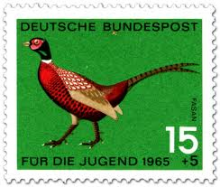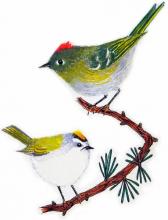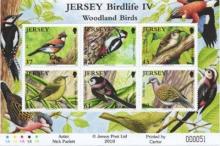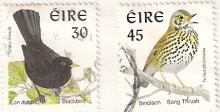Veel bosvogelsoorten hebben het zwaar in het Gooi
In 2012 heeft de Vogelwerkgoep Het Gooi en Omstreken op uitnodiging van het Goois Natuurreservaat het 45 ha grote Hilversums Wasmeer aan de zuidkant van Hilversum op broedvogels geïnventariseerd. Dit jaar (2013) was de beurt aan het direct aangrenzend uitgestrekte bosgebied De Zuid. Er zijn 36 soorten broedvogels aangetroffen die 681 territoria in beslag hadden genomen. Er werd een opvallende achteruitgang vastgesteld bij veel soorten. Bij de winterkoning werd ten opzichte van 1993 is een zeer opvallende teruggang geconstateerd van 140 naar 37 territoria. Bij de houtduif was er een enorme achteruitgang ten opzichte van 1993: van 47 naar 4 territoria. De merel ging bijna 50% achteruit: van 80 naar 44 territoria. Ook de roodborst ging opvallend achteruit, van 159 naar 84 territoria, evenals de koolmees (van 120 naar 38 territoria), pimpelmees (van 49 naar 20 territoria), zwarte mees (van 34 naar 10 territoria), kuifmees (van 36 naar 18 territoria) en de vink (van 182 naar 123 territoria). De wilde eend, sperwer, fazant, groene specht, matkop en staartmees waren verdwenen en de zwarte kraai en gekraagde roodstaart waren bijna verdwenen.










